Best Practices Articles
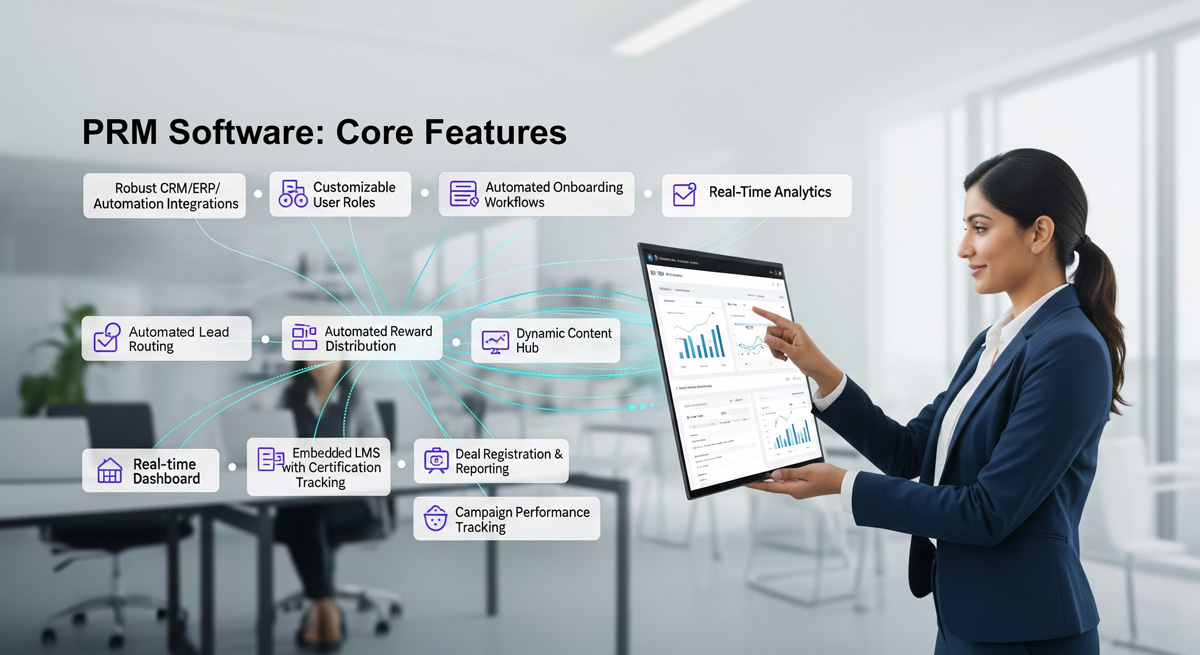
What Core Features Should I Look for in a PRM Software Solution?
As companies scale their channel sales programs, the demand for structure, automation, and insight becomes mission-critical. You may have dozens or hundreds of partners representing your brand globally. Managing them with spreadsheets or a basic portal won't cut it anymore.
This is where PRM (Partner Relationship Management) software proves essential. However, not all PRM platforms are created equal. The features you prioritize in a solution will determine how effectively you engage, enable, and grow your partner ecosystem.
In this guide, we’ll explore the core functionalities that every best-in-class PRM software should offer, using ZINFI’s PartnerOps framework as the foundation: Strategize, Recruit, Onboard, Enable, Co-Market, Co-Sell, Incentivize, and Accelerate. Each phase of your partner program requires different tools—and your PRM platform should support them all seamlessly.
Strategize: Core Configuration and Business Alignment
Before diving into features like portals or content, it’s vital to understand that strategic alignment is foundational. A top-tier PRM system should enable your organization to configure the platform in alignment with your:
- Partner tiers and segmentation (e.g., Gold, Silver, Bronze)
- Regional or vertical-based business models
- Business objectives (revenue growth, market expansion, product penetration)
- KPIs and partner performance thresholds
Look for PRM software that allows for high-level customization in branding, workflow logic, tier rules, and user access. Ideally, it should integrate seamlessly with CRM, ERP, and marketing automation systems so your data flows effortlessly.
Features to look for:
- Customizable user roles and partner journeys
- Dashboard configuration tools
- Business rules engine for tiering and incentive models
- Robust integrations with Salesforce, Microsoft Dynamics, HubSpot, and others
Strategic configuration capabilities empower you to execute your channel vision while measuring progress every step of the way.
Recruit: Partner Application and Evaluation Tools
After you configure your strategy, focus on recruiting the right partners. Your PRM software should simplify this using built-in partner applications and approval workflows.
Key features to look for:
- Branded partner sign-up forms and landing pages
- Automated lead routing for partner inquiries
- Application evaluation criteria (e.g., company size, expertise, geography)
- Integration with CRM for partner prospect nurturing
- Approval workflows and notifications
Advanced PRM platforms also support partner profiling and scoring, enabling your team to vet and prioritize applications with data-backed intelligence. Integration with marketing automation tools allows you to run partner recruitment campaigns and track ROI on each source.
By digitizing and automating recruitment, your PRM solution sets the tone for a scalable and efficient partner ecosystem.
Onboard: Workflow Automation and Learning Management
After recruitment comes onboarding—arguably one of the most critical stages in the partner journey. Effective onboarding ensures new partners can quickly start selling marketing and confidently provide support.
A modern PRM solution must include:
- Automated onboarding workflows tailored by partner type
- Step-by-step checklists for required documents and training
- Embedded or integrated Learning Management System (LMS)
- Certification tracking and progress analytics
- Content gating based on training or certification status
For example, the system may require a technical partner to complete security certifications before it grants access to specific product documents. It may also require sales partners to finish pitch training or obtain pricing approval before registering deals.
When onboarding is automated, consistent, and trackable, partners experience a faster time-to-first-deal while vendors maintain compliance and brand integrity.
Enable: Content Management and Sales Tools
Partners need the right tools and information at the right time to sell effectively. Your PRM platform should function as a dynamic content hub, enabling partners to access:
- Sales decks and datasheets
- Competitive battlecards
- Product videos and one-pagers
- Proposal templates
- Case studies and testimonials
Look for PRM systems with role-based content delivery so partners see only what’s relevant to them based on region, tier, language, or certification level.
Advanced features include:
- Smart search and tagging
- Document version control
- Mobile-optimized content access
- Content usage analytics (track what’s being downloaded or ignored)
Turning your PRM into a knowledge base and sales toolkit empowers partners to deliver value faster and more consistently—without relying on back-and-forth emails.
Co-Market: Through-Channel Marketing Automation (TCMA)
Marketing is where many partner programs struggle. Not all partners are marketing experts; many lack the time or tools to build demand-gen campaigns. A great PRM system bridges this gap with Through-Channel Marketing Automation (TCMA).
TCMA capabilities to look for:
- Pre-built, co-brandable email campaigns
- Social media kits
- Banner ads, landing pages, and microsite builders
- Local event registration forms
- MDF (Marketing Development Fund) request and approval workflows
Partners should be able to log into your PRM portal, find a campaign, personalize it with their logo and messaging, and launch it directly from the platform.
You’ll gain:
- Greater marketing adoption
- Improved brand consistency
- Better insight into which partners are generating demand
Mature PRM systems also track campaign performance, showing which activities lead to actual leads or deals—allowing you to optimize co-marketing investment over time.
Co-Sell: Deal Registration and Collaboration Tools
Once leads start coming in, your PRM platform needs to support deal registration and co-selling collaboration.
Essential deal management features include:
- Easy-to-complete deal registration forms
- Workflow routing to appropriate sales reps or teams
- Automated alerts for duplicate or competing deals
- Partner-to-vendor communication threads or notes
- Reporting on deal progress and conversion rates
Look for PRM systems that eliminate channel conflict by locking in deal protection rules. The best solutions also allow internal sales reps to collaborate with partners directly—providing proposal guidance, pricing support, and shared access to account data (while respecting privacy and roles).
With real-time visibility into the pipeline, you and your partners can better forecast, allocate resources, and close more business—together.
Incentivize: Integrated Incentive and Rewards Management
No PRM solution is complete without robust incentive management capabilities. Incentives drive partner motivation, loyalty, and performance. Your PRM software should make it easy to:
- Create and assign incentive programs (rebates, SPIFs, loyalty points)
- Track goal attainment (e.g., sales targets, certification milestones)
- Automate reward distribution or approval
- Provide partners with real-time status dashboards
- Run promotions with limited-time bonuses
A sound PRM system eliminates manual tracking and guesswork by integrating your incentive logic directly into the portal. Partners should always know where they stand—qualifying for a higher tier or earning a quarterly payout.
You ensure that your channel ecosystem drives the right behaviors by aligning incentives with strategic goals (e.g., selling a new product and entering a new market).
Accelerate: Analytics and Continuous Optimization
The most overlooked—but arguably most important—PRM capability is real-time analytics and reporting. Once all the tools are in place, your success depends on your ability to track and optimize partner performance across the entire lifecycle.
Your PRM software should include:
- Dashboard views for different user types (executives, partner managers, partners)
- Metrics like portal engagement, content downloads, certifications, deal registrations
- Campaign performance by partner or region
- Incentive program ROI
- Pipeline forecasting and close rates
Data should be exportable and integrable with BI tools for deeper analysis. Some PRM solutions even use AI to recommend actions—such as which partners are at risk or which campaigns are under-performing.
With insight comes the power to refine onboarding, double down on high-performing partners, and eliminate friction from your partner program.
Final Thoughts: Choose PRM Software That Powers Every Phase of PartnerOps
Whether launching a partner program or optimizing a global network, selecting a PRM solution with the proper feature set makes all the difference.
The best PRM platforms support every phase of the PartnerOps lifecycle:
- Strategize: Configure your business rules and integrations
- Recruit: Streamline partner application and evaluation
- Onboard: Deliver consistent, trackable onboarding and certifications
- Enable: Give partners self-service access to sales and training tools
- Co-Market: Empower demand generation with co-branded campaigns
- Co-Sell: Streamline deal registration and pipeline visibility
- Incentivize: Automate and track rewards and rebate programs
- Accelerate: Use analytics to optimize and grow continuously
Choosing a PRM solution isn’t just about features—it’s about empowering a repeatable, measurable, scalable channel strategy. When these core capabilities are in place, your team and your partners can focus on what matters most: growth.
Best Practices Guidebook
 Definitive Guide to a Partner Ecosystem-First Sales Strategy
Definitive Guide to a Partner Ecosystem-First Sales StrategyDownload for FREE
 The Partner-Led Digital and AI Transformation Best Practices
The Partner-Led Digital and AI Transformation Best PracticesDownload for FREE
 Startup Talent Recruitment: Hiring Missionaries, Not Mercenaries
Startup Talent Recruitment: Hiring Missionaries, Not MercenariesDownload for FREE
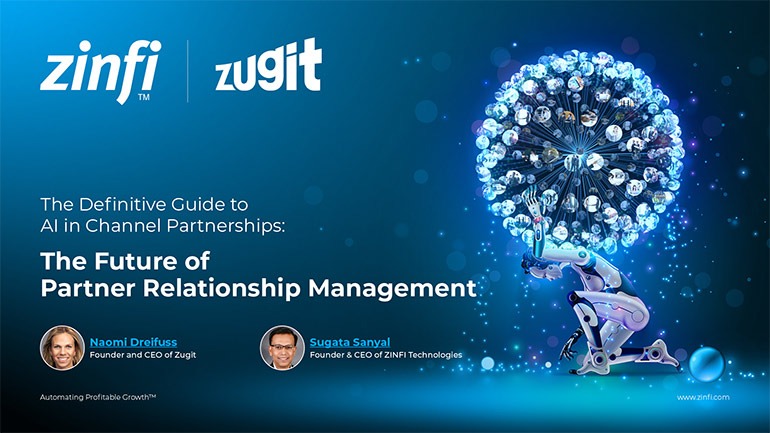 The Future of Partner Relationship Management with AI in Partnerships
The Future of Partner Relationship Management with AI in PartnershipsDownload for FREE
 Cybersecurity for the 99%: Strategies from the Frontline
Cybersecurity for the 99%: Strategies from the FrontlineDownload for FREE
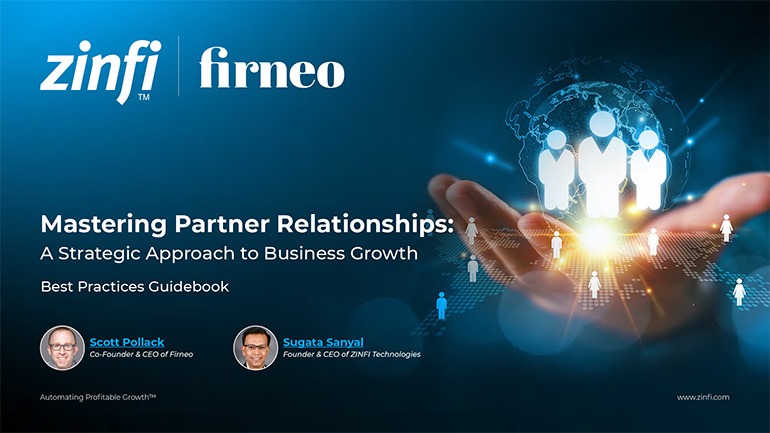 Mastering Partner Relationships: A Strategic Approach to Business Growth
Mastering Partner Relationships: A Strategic Approach to Business GrowthDownload for FREE
 The Smart Manufacturing Playbook: Industry 4.0 Transformation
The Smart Manufacturing Playbook: Industry 4.0 TransformationDownload for FREE
 Mastering Partner Relationship Management: Keys to SaaS Channel Success
Mastering Partner Relationship Management: Keys to SaaS Channel SuccessDownload for FREE
 Navigating the AI Revolution: Guide for Partners in the Microsoft Ecosystem
Navigating the AI Revolution: Guide for Partners in the Microsoft EcosystemDownload for FREE
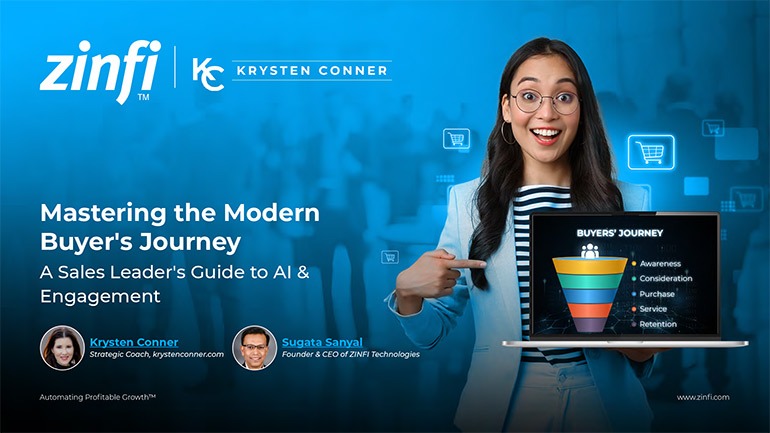 Mastering the Modern Buyers Journey: Sales Leader’s Guide to AI & Engagement
Mastering the Modern Buyers Journey: Sales Leader’s Guide to AI & EngagementDownload for FREE
 Hybrid Cloud and Edge AI Computing Impacting the Future of PRM
Hybrid Cloud and Edge AI Computing Impacting the Future of PRMDownload for FREE
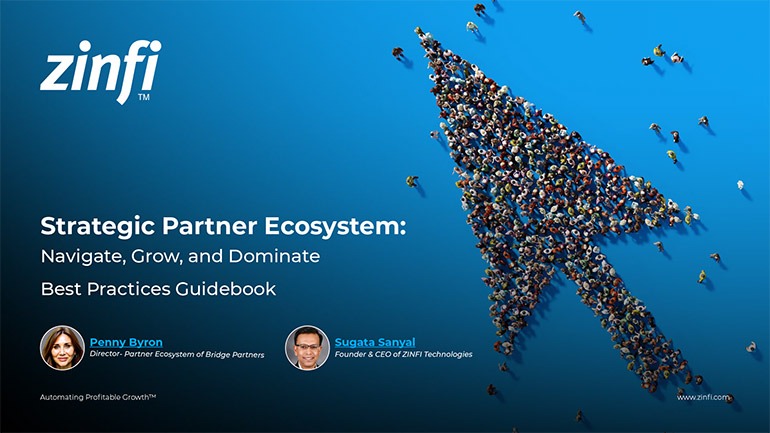 Strategic Partner Ecosystem: Navigate, Grow, and Dominate
Strategic Partner Ecosystem: Navigate, Grow, and DominateDownload for FREE
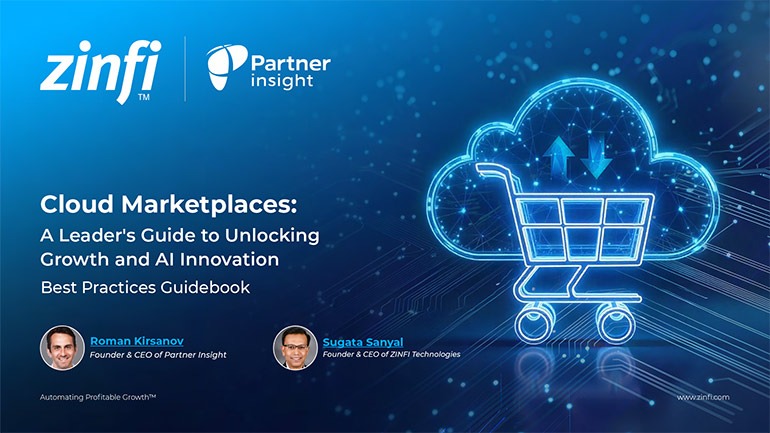 Cloud Marketplaces: Leader’s Guide to Unlocking Growth and AI Innovation
Cloud Marketplaces: Leader’s Guide to Unlocking Growth and AI InnovationDownload for FREE
 Getting More From Partner Performance: Guide to Measuring What Matters
Getting More From Partner Performance: Guide to Measuring What MattersDownload for FREE
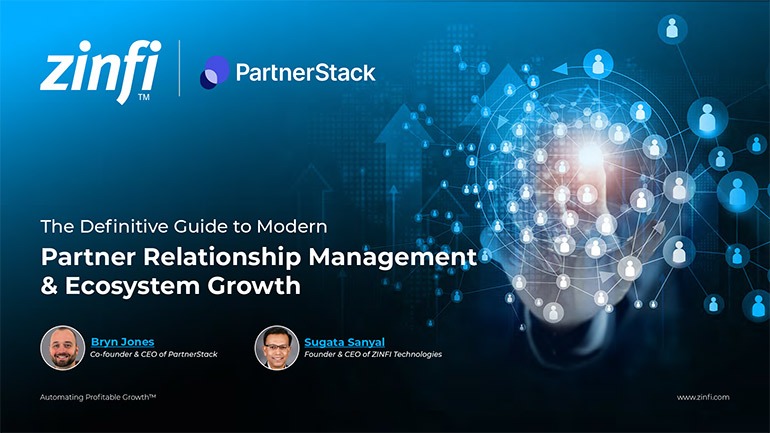 Guide to Modern Partner Relationship Management & Ecosystem Growth
Guide to Modern Partner Relationship Management & Ecosystem GrowthDownload for FREE
 Debunking the Entrepreneurship Myth Best Practices
Debunking the Entrepreneurship Myth Best PracticesDownload for FREE
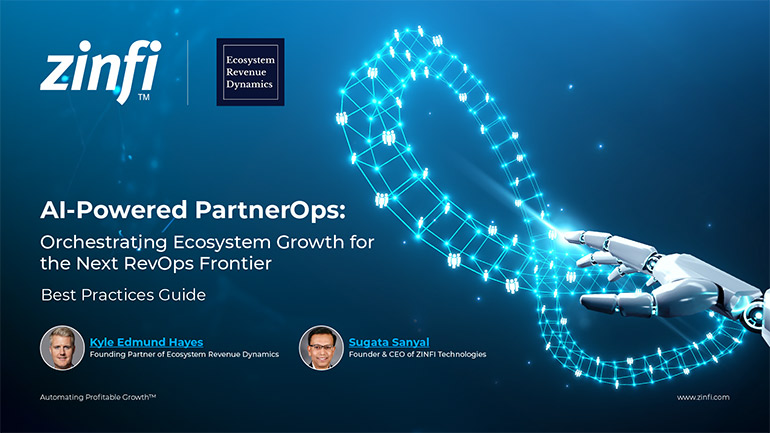 AI-Powered PartnerOps: The Next RevOps Frontier Best Practices
AI-Powered PartnerOps: The Next RevOps Frontier Best PracticesDownload for FREE







